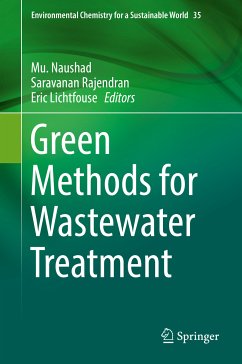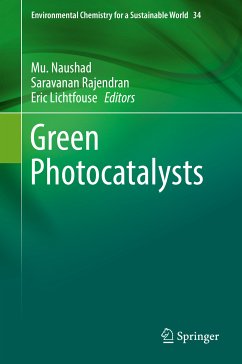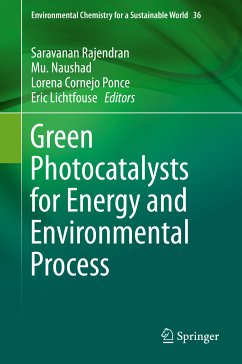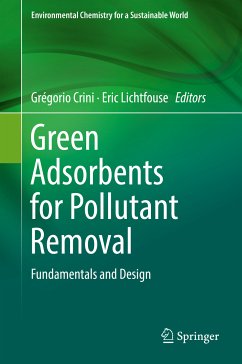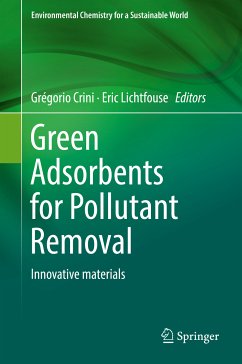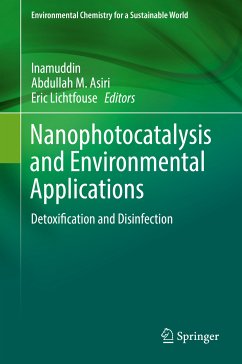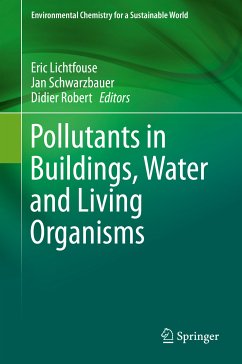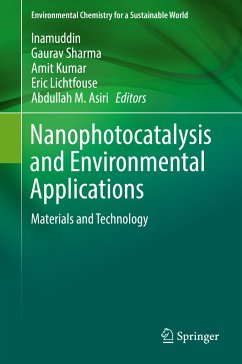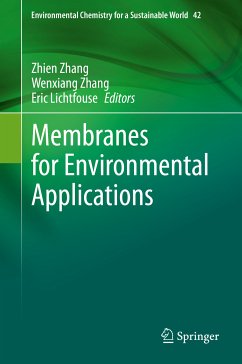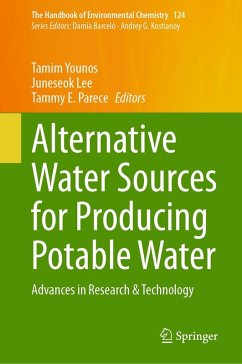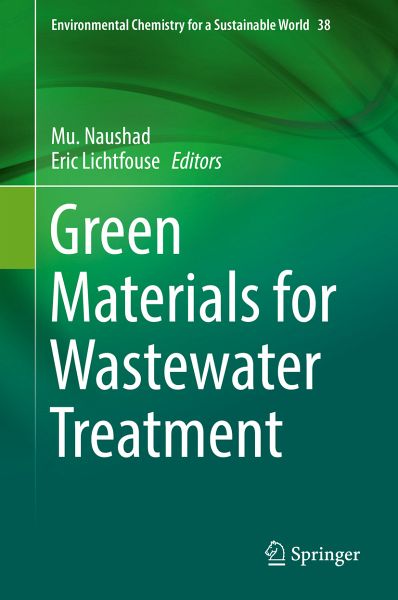
Green Materials for Wastewater Treatment (eBook, PDF)
Versandkostenfrei!
Sofort per Download lieferbar
112,95 €
inkl. MwSt.
Weitere Ausgaben:

PAYBACK Punkte
56 °P sammeln!
This book reviews health hazards associated with wastewater use and water pollutants. Chapters present applications of green materials made of agricultural waste, activated carbon and magnetic materials for wastewater treatment. The removal of toxic metals using algal biomass and the removal of toxic dyes using chitosan composite materials are also discussed. The book includes reviews on the removal of phenols, pesticides, and on the use of ionic liquid-modified activated carbon for the treatment of textile wastewater.
Dieser Download kann aus rechtlichen Gründen nur mit Rechnungsadresse in A, B, BG, CY, CZ, D, DK, EW, E, FIN, F, GR, HR, H, IRL, I, LT, L, LR, M, NL, PL, P, R, S, SLO, SK ausgeliefert werden.



